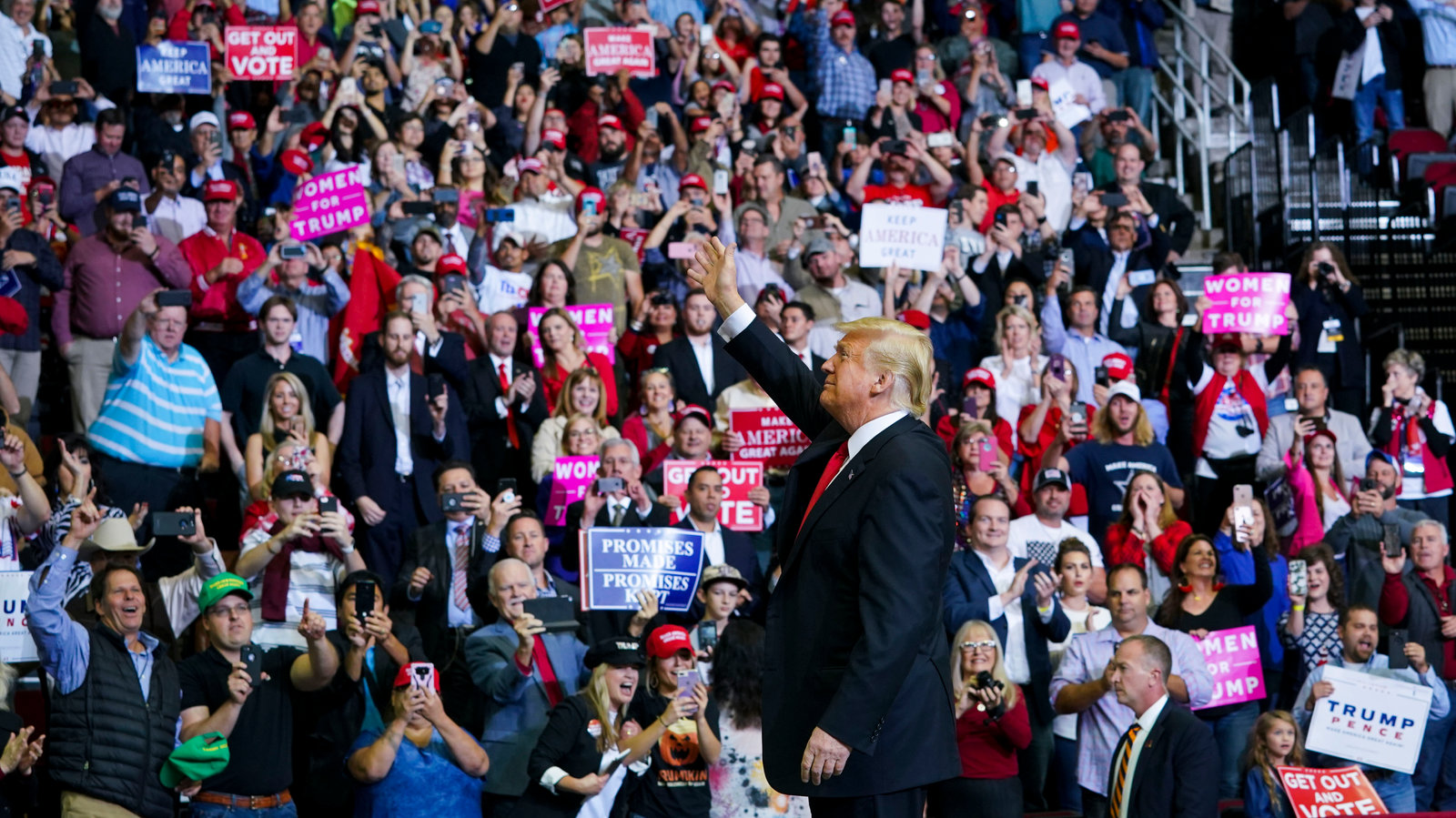Former President Donald Trump is considering a new tax cut targeted at the middle class should he return to office, according to sources familiar with discussions.
The proposed tax initiatives include reinstating a payroll tax cut, which was initially suggested by Trump’s economic team during the height of the COVID-19 pandemic but was implemented as deferred payments instead.
Other considerations involve increasing the standard deduction on year-end tax returns and reducing the marginal income tax rate for middle-income households.

These talks highlight Trump’s ongoing interest in significant tax cuts aimed at benefiting the middle class, a strategy that could potentially appeal to voters.
Such measures may exacerbate existing concerns over inflation and the ballooning national debt, which stands at over $34 trillion.
Trump’s economic advisers, including conservative economist Stephen Moore and former National Economic Council Director Larry Kudlow, are involved in these discussions.
While the specifics of the proposed tax cuts are still being deliberated, they are primarily focused on providing relief to middle-class Americans rather than targeting specific income brackets.
Critics argue that introducing new tax cuts at a time when the economy is already performing relatively well could further fuel inflation and worsen the fiscal deficit.
The International Monetary Fund recently revised its growth forecast for the U.S. economy upward, indicating strong economic performance.
Trump’s campaign has expressed support for additional tax cuts, framing them as a means to stimulate economic growth, lower living costs, and reduce debt.

However, opponents caution against injecting further stimulus into an already robust economy, advocating for fiscal restraint instead.
Designing a tax cut tailored specifically to the middle class poses challenges, as evidenced by past debates surrounding the Tax Cuts and Jobs Act (TCJA).
While certain provisions of the TCJA, such as the increase in the standard deduction, were intended to benefit middle- and low-income earners, the overall impact remains subject to debate.





